At ScuttleBugs, we expose our students to a variety of arts, from music - starting from infancy - to dancing and drawing – when they’re a little older. All the children love it, and it surely helps them to develop their natural talents and self awareness.
The mother of one of our 2017 Graduates recently gave us this feedback on her son’s drawing abilities:
“His teacher said he asks a lot of questions and that's actually good, because it leads to the other kids also asking questions. He's also in a cartooning class that didn't even want Kinders, and he's only TK, and he's killing it! His drawings are indistinguishable in quality to his 7 year old brother’s.”
But what is the quality of a 7 year old’s drawing supposed to be? Let’s see how the drawings of kids of different ages usually develop, and how it corresponds to their stages of world discovery.
It is hard to overestimate the intellectual work that children complete while changing their approach to drawing between the ages of 2 and 4. Observing the development of their drawings carefully, it is possible to see the development of the phases of their understanding of the structure of the world around them. Children reflect this understanding in their drawings and thus give us the opportunity to see what is going on in their minds.
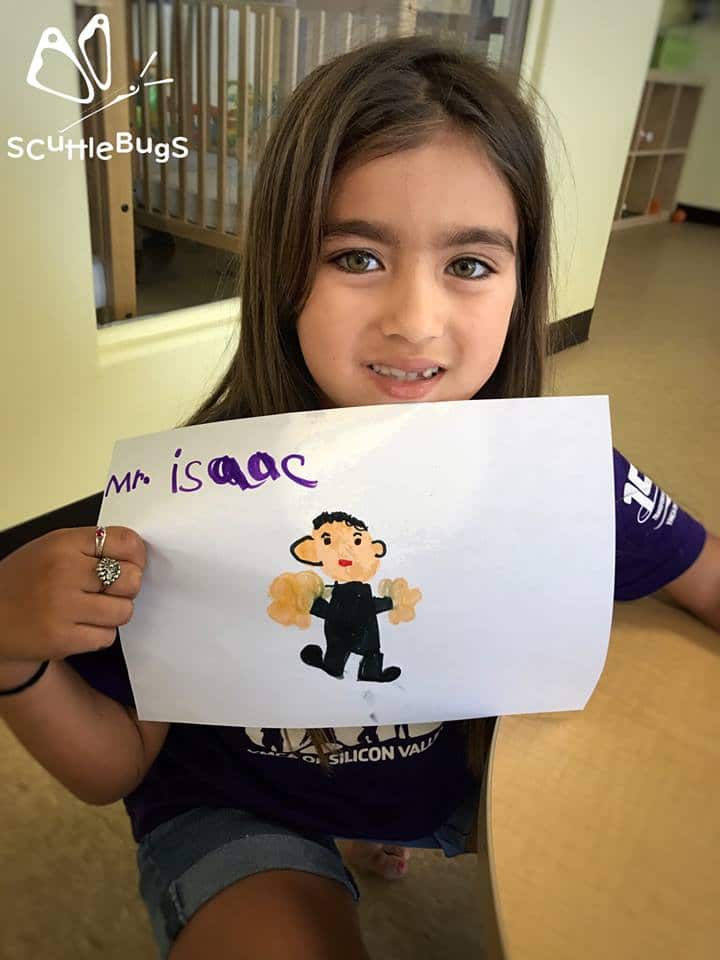
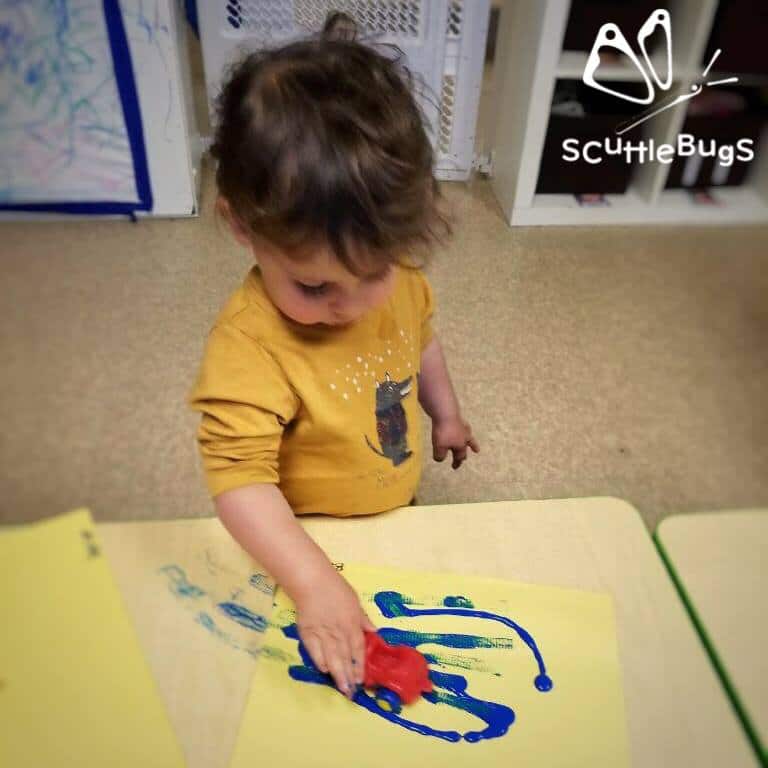
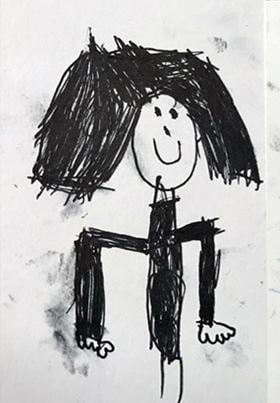
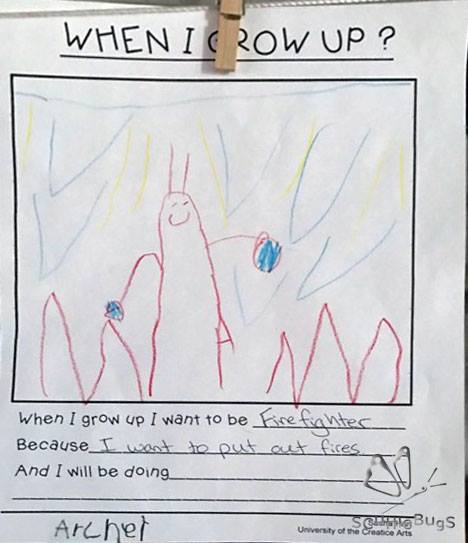
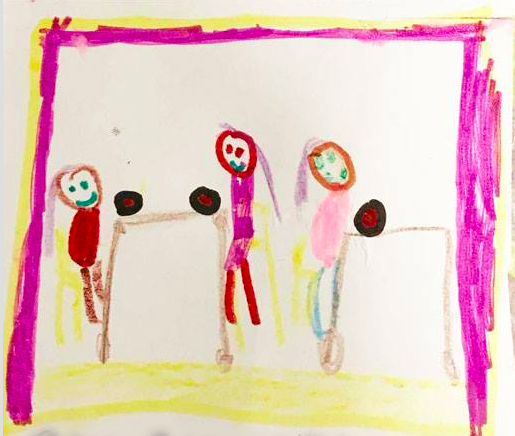
Of course, children’s drawings are only one of many ways they express their perceptions of the world. They also reflect their perceptions in their games, dances, songs and other artistic activities. That’s why it’s very important to encourage children’s free artistic expression and not apply an adult’s artistic concepts to it.
As Picasso said,
“It took me four years to paint like Raphael, but a lifetime to paint like a child”.
